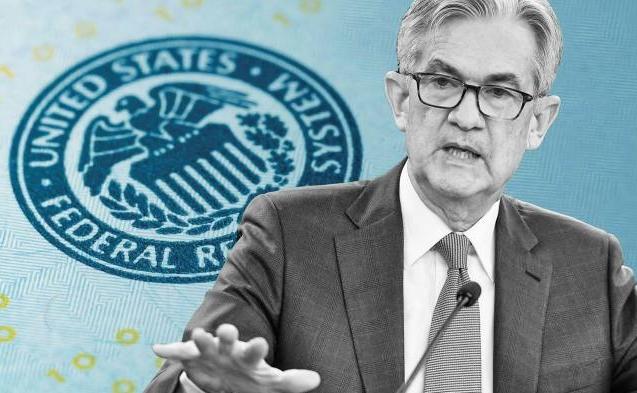1 / 1
United States: the Fed will reduce its monetary support as of November
The Federal Reserve will reduce its asset purchase program. At the same time, the central bank’s rates have been maintained in the range of 0 to 0.25% in which they were lowered in March 2020 when the Covid-19 epidemic was starting to spread in the United States.
The US central bank (Fed) is entering a new post-Covid phase, after months of monetary support since the beginning of the pandemic. Before abruptly raising interest rates, which allow markets to finance government debt, the institution will begin, in November, with “tapering”, i.e. the reduction of its asset purchases which is currently $120 billion per month. The Fed will reduce them to 15 billion dollars per month, and says it is ready to “adjust” its pace according to the evolution of the economy, according to a statement published Wednesday after a meeting.
In other words, if inflation remains too high, the pace of asset purchase cuts will be accelerated before starting to raise policy rates, to slow price increases. It also aims to stop these purchases permanently in 2022.
While this decision was expected by analysts, it shows the concerns around the surge in prices in the United States. On Wall Street, the Dow Jones did not overreact to this announcement, yielding -0.12% at 14 hours in the United States.
“Of course, the (precise) timing is very uncertain, but we should certainly see inflation fall by the second or third quarter” of 2022, Jerome Powell said Wednesday at a press conference.
“We think we can wait” to raise rates, he added, while stressing that the institution would not hesitate to raise them if the situation required it.
Across the Atlantic, price increases should indeed have returned to an annualized rate of 3.8% in the third quarter, after 6.7% in the second. But it could rise to 5% in the last three months of the year. The central bank nevertheless points to the “progress” made by the economy, while inflation is “high”, it notes.
And the ECB?
In light of the further significant progress made by the economy”, the Fed has decided to reduce its purchases of Treasury bonds and securitized real estate loans (MBS) by $15 billion per month initially, which amounted to $120 billion (€104 billion) per month until now, it details.
The rates, on the other hand, remain in the range of 0 to 0.25% in which they had been lowered in March 2020 at the time when the epidemic of Covid-19 was spreading in the United States.
The rate hike is expected in 2023, according to economists.
The Fed is also keeping a close eye on growth, which it has already had to revise downward in 2021 due to problems with supply chains. In 2022, growth is expected to average 4 percent before returning to 2.5 percent in 2023 and 2.2 percent in 2024, the central bank said. According to the bank, these inflationary factors are nevertheless “transitory”.
This observation is also shared by its European counterpart, even if the ECB wants to continue to provide unfailing support to European economies in the face of a fragile recovery. For Christine Lagarde, the rise in interest rates in 2022 is “very unlikely.”
